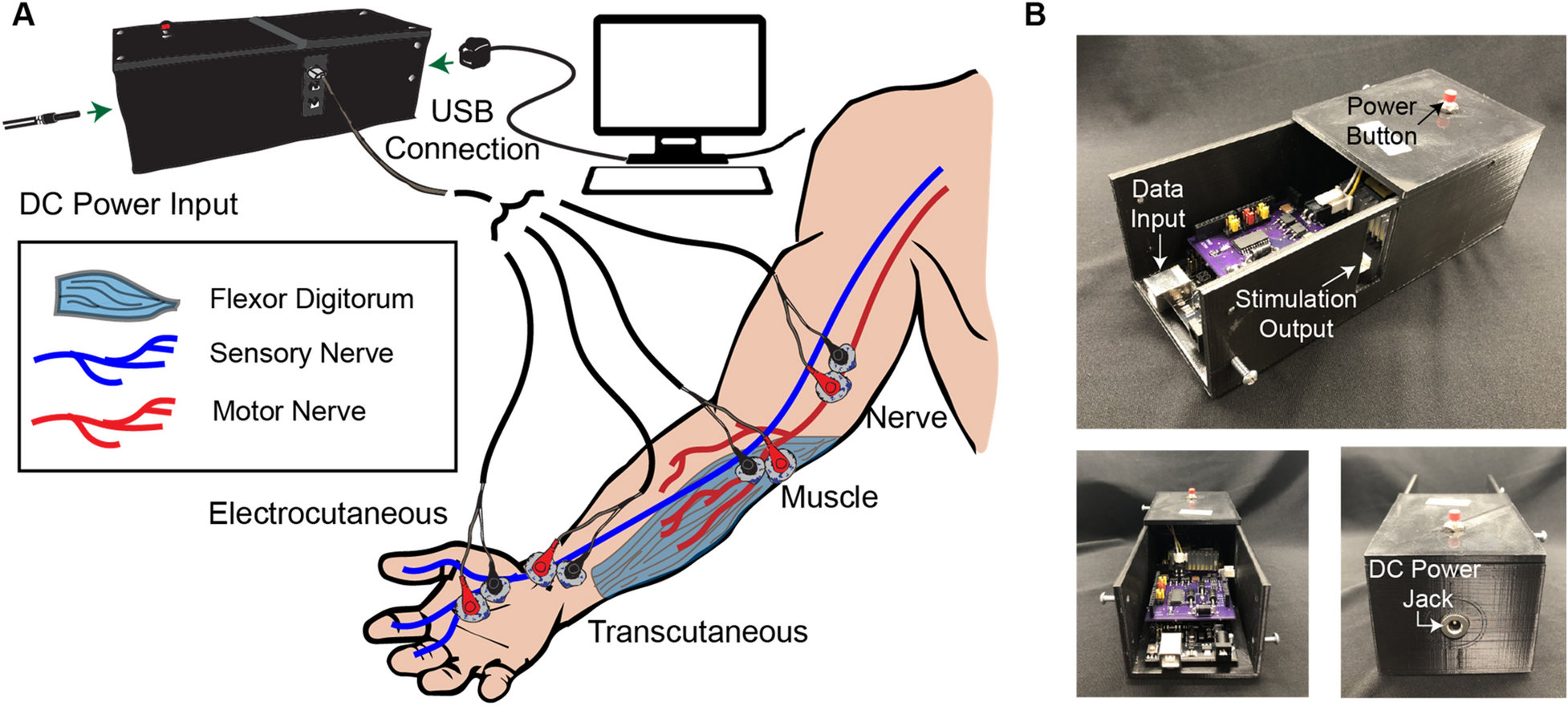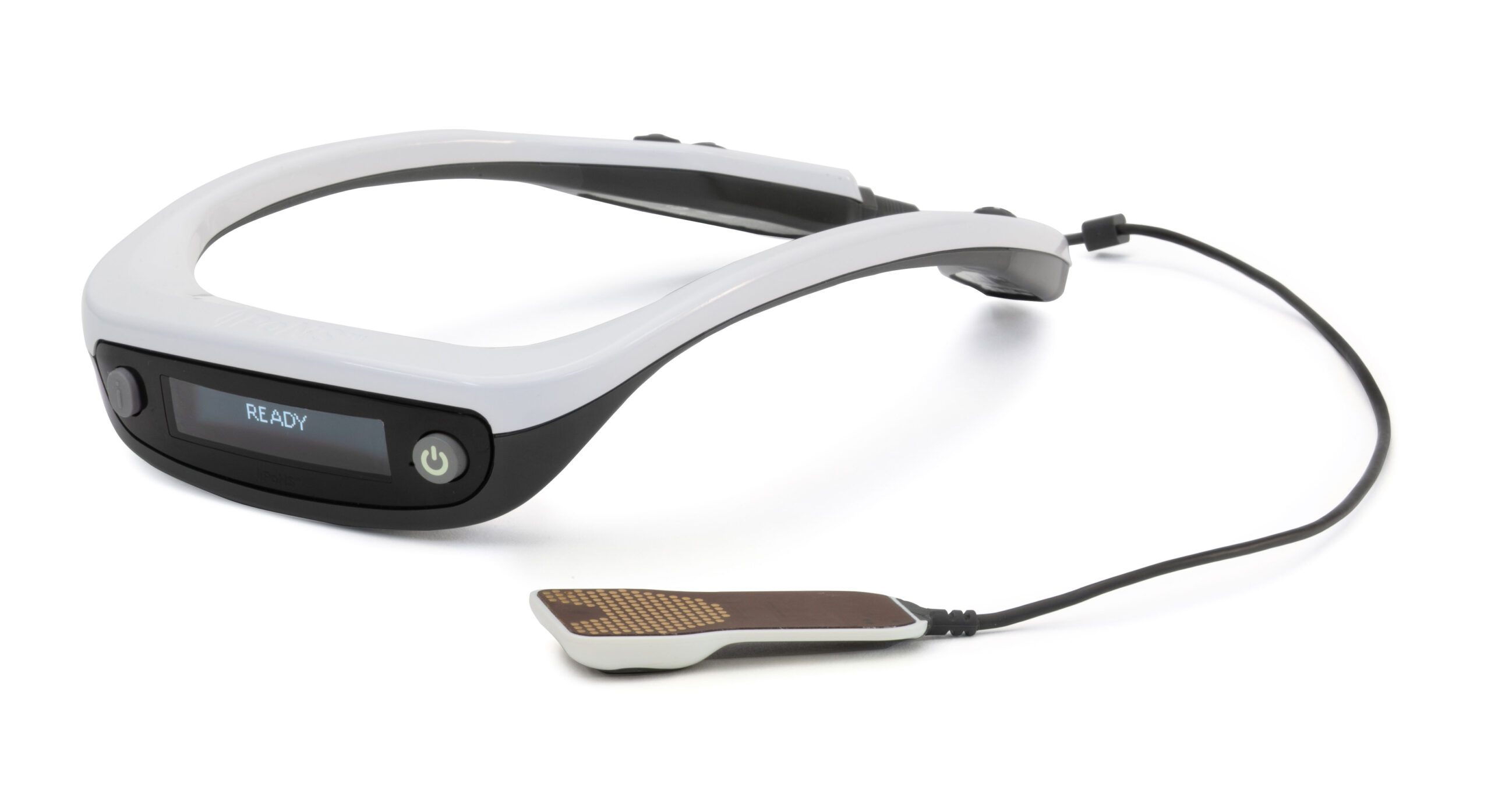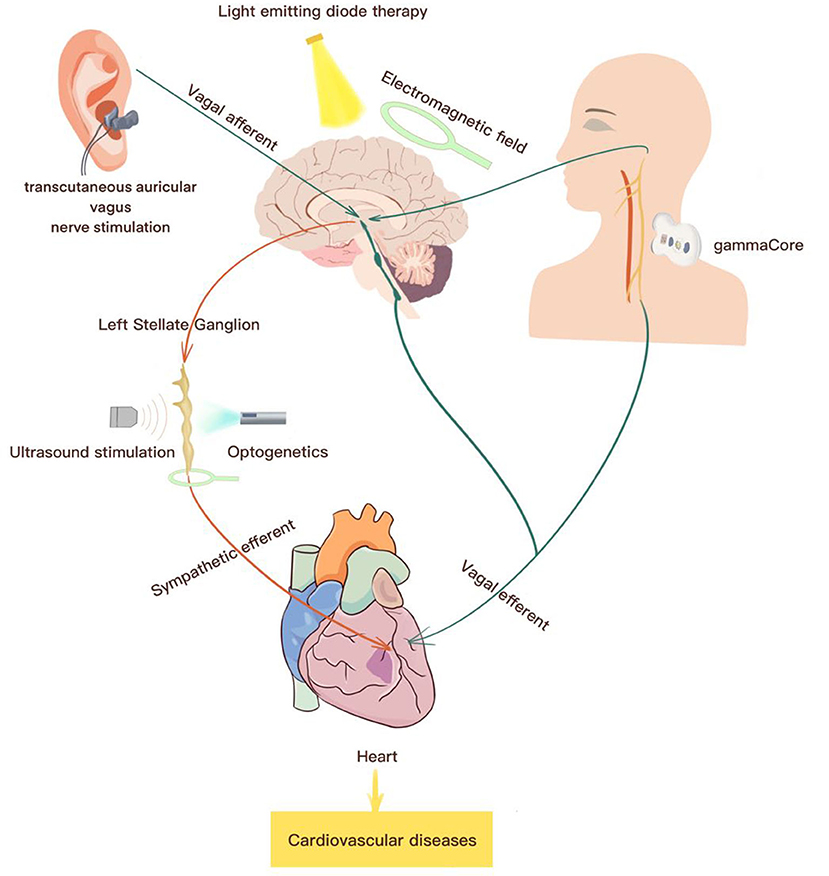Non-Invasive Neurostimulation Portability: Devices, Benefits & Future Use
Welcome to NeuroTechInsider.com, your hub for cutting-edge sleep and neurostimulation device reviews. Today, we’re diving into a game-changing evolution in brain wellness tech: non-invasive neurostimulation portability. This isn’t science fiction anymore—lightweight, battery-powered devices are now giving people the power to take neurological therapy into their own hands, literally. Whether you’re dealing with migraines, burnout, ADHD, or post-stroke symptoms, the ability to access portable brain modulation at home is transforming treatment access and consistency.

What Is Non-Invasive Neurostimulation?
At its core, non-invasive neurostimulation is all about modulating brain activity using external stimuli—without surgery or implants. Devices target nerves or brain regions using methods like:
- TENS (Transcutaneous Electrical Nerve Stimulation)
- tDCS (Transcranial Direct Current Stimulation)
- rTMS (Repetitive Transcranial Magnetic Stimulation)
- VNS (Vagus Nerve Stimulation)
- Ultrasound stimulation
While clinical-grade tools are still used in hospitals and research centers, recent tech advances have birthed compact, rechargeable versions you can use at home. These tools are FDA-cleared for conditions like migraines, depression, anxiety, Parkinson’s symptoms, and even balance issues post-TBI.
“The move to portable non-invasive neuromodulation is not just about convenience—it’s about expanding access to therapeutic care beyond traditional walls.”
Clinical vs Portable Neurostimulation
While hospital-grade neurostim systems are large, complex, and often cost-prohibitive, the new wave of portable options offers:
- Rechargeable, compact formats
- User-friendly mobile app integrations
- Lightweight wearability for everyday use
- Therapy session scheduling, tracking, and smart alerts
Check out our full breakdown comparing portable vs clinical neurostimulation technologies for a deeper analysis.
Why Portability Matters in Neurostimulation
As someone seeking better sleep, emotional regulation, or cognitive clarity, portability isn’t just a “nice to have”—it’s the backbone of long-term treatment success.

Shifting Care from Clinic to Home
With devices like the PoNS and gammaCore Sapphire, you don’t need a hospital room to manage chronic neuro conditions. Home-based neurotherapy enables:
- Increased adherence to treatment protocols
- Lower healthcare costs
- Reduced patient fatigue from travel
- Better integration into daily routines
Accessibility for Chronic Neurological Patients
Patients with conditions like:
- Post-stroke mobility issues
- Migraines and cluster headaches
- MS, Parkinson’s, and TBI recovery
…often face long-term therapy requirements. Devices that fit in a backpack and run on a rechargeable battery offer real autonomy—no cords, no appointments, no waiting.
Overview of Key Portable Neurostimulation Devices
Let’s look at some of the front-runners revolutionizing this space.
1. PoNS® (Portable Neuromodulation Stimulator)

Use Cases: Balance & Gait Rehabilitation
PoNS is FDA-cleared for chronic balance deficit due to mild-to-moderate traumatic brain injury (mmTBI). It delivers mild electrical impulses to the tongue, stimulating cranial nerves involved in movement coordination.
Portability Features
- Mouth-held controller with rechargeable battery
- Lightweight, hands-free design
- Session logging and progress tracking
Recommended for: Athletes in concussion recovery, stroke survivors, and TBI patients seeking at-home neurorehab. Learn more at ponstherapy.com.
2. gammaCore Sapphire® – Vagus Nerve Stimulation On Demand

This handheld device delivers non-invasive stimulation to the vagus nerve via the neck. It’s FDA-approved for treatment and prevention of:
- Migraine
- Cluster headaches
- Hemicrania continua
Portability Edge: It’s pocket-sized, self-administered, and runs on a rechargeable battery. Sessions are brief (typically under 2 minutes) and can be performed discreetly.
Curious how gammaCore compares to CES and Sensate devices? Check out our VNS wearables roundup.
3. Cefaly & HeadaTerm – Forehead-Worn TENS for Migraine Control
Both Cefaly and HeadaTerm offer forehead-worn neurostimulation for **migraine prevention and acute relief**. They use low-frequency transcutaneous electrical nerve stimulation (TENS) applied to the trigeminal nerve.
- Cefaly: FDA-cleared, adhesive-electrode based, with dedicated modes for pain prevention and acute attacks.
- HeadaTerm: More budget-friendly, rechargeable, and portable — ideal for travel or discreet use.
These devices have become a go-to for people who want to avoid pharmaceutical side effects and take back control over their headaches. For a full side-by-side review, read our Cefaly vs HeadaTerm comparison.
4. SAVI Dual & rTMS-tiny – Magnetic Stimulation Goes Mobile
**Magnetic neurostimulation** has long been limited to hospitals due to its intensity and device size. But with **SAVI Dual (sTMS)** and **rTMS-tiny**, users now have access to wearable magnetic stimulation at home.
- SAVI Dual: FDA-cleared, rented device using single-pulse transcranial magnetic stimulation (sTMS) for migraine management.
- rTMS-tiny: A wearable solution in development (~3kg), providing **repetitive TMS** for depression, anxiety, and motor rehabilitation.
For context on how **wearable rTMS stacks up against CES devices**, check out our expert analysis here.
5. Portable Ultrasound Stimulation – The Research Frontier
Ultrasonic neuromodulation is the newest frontier. While not yet widely available to consumers, **portable ultrasound systems** with miniaturized transducers are already used in in-vitro and in-vivo neuroscience research.
This non-contact stimulation method promises even deeper brain targeting, and it’s expected to enter clinical trials soon. Stay updated via Frontiers in Physiology.
Benefits of Portable Neurostimulation
“Portable brain tech empowers users to own their therapy routine — no appointments, no waiting, just results.”
✅ Self-Administered Neurotherapy
Most modern devices are designed with user-friendliness in mind:
- Guided session protocols via mobile apps
- One-touch operation or automatic timers
- Minimal setup, no technician needed
From the **Sensate vagus nerve stimulator** to the **NeuroVIZR light-sound headset**, devices now offer autonomy that helps users stay consistent. Learn how Sensate compares to Apollo Neuro in ease of use and stress relief.
✅ Lightweight & Travel-Friendly
Most devices weigh under 3 kg, with some under 300g. This means:
- Daily use during work, commute, or sleep
- Minimal disruption to lifestyle
- No more choosing between therapy and travel
✅ Broad Use Cases
Devices today aren’t single-function. They support treatment for:
- Insomnia (using CES, AVE, or 40Hz light)
- ADHD (via tDCS or vagus nerve stimulation)
- Burnout & anxiety (through gammaCore, Sensate, Apollo Neuro)
- Migraine prevention (Cefaly, HeadaTerm, SAVI Dual)
Limitations & Considerations
Battery Life & Recharging
Depending on the device, session time per charge varies:
- PoNS: ~1 hour/session, rechargeable nightly
- gammaCore: Up to 3 sessions/day
- Cefaly: ~20-minute sessions, rechargeable weekly
⚡ Stimulation Intensity & Clinical Equivalence
Portable versions often have reduced intensity compared to full-size clinical counterparts. This can affect results, particularly in severe conditions like major depressive disorder. However, for **mild-to-moderate cases**, they still offer meaningful outcomes.
Device Suitability
Before using any brain stimulation device, consult your physician—especially if you:
- Have metal implants or pacemakers
- Are pregnant
- Have epilepsy or active brain tumors
We explain these contraindications further in our Safety Guide to Brain Stimulation Wearables.
Future Outlook: Smarter, Smaller, Stronger
Integration with Apps & AI
From **Apollo Neuro’s biometrics-based feedback loop** to **NeuroVIZR’s light-sound timing precision**, we’re seeing AI-enhanced personalization for optimal dosing and adaptation over time.
Expanding Clinical Trials & FDA Approvals
Portable TMS and tDCS devices are expected to gain wider FDA clearance in the coming years for conditions like:
- PTSD
- Long COVID brain fog
- Insomnia and circadian rhythm disorders
Wearable Brain Health Is Becoming the Norm
What used to require a clinic, a referral, and a $10,000 system now fits in your hand and ships overnight. At NeuroTechInsider.com, we believe consumer neurotech is the future — and that future is already here.
Conclusion: Empowering Your Brain Anywhere
From PoNS to gammaCore, portable non-invasive neurostimulation devices are reshaping what’s possible for neurological care. They make recovery more affordable, more personal, and more continuous — no more gaps between clinic visits. Whether you’re hacking your focus, managing chronic pain, or recovering post-injury, there’s likely a portable solution ready to help.
Want personalized device recommendations? Check out our interactive quiz: Find Your Best Neuro Device
FAQs
What’s the best portable neurostimulation device for migraines?
gammaCore Sapphire and Cefaly are top-rated. gammaCore offers neck-based vagus nerve stimulation, while Cefaly provides forehead-based TENS therapy. Your preference may depend on how quickly you need relief and your comfort with electrode pads.
Can I use portable neurostimulation for ADHD?
Yes, some devices like the **NeuroVIZR** and **tDCS headsets** have been studied for improving attention and executive function. Always consult your doctor before use, especially for younger users.
Are these devices safe to use long-term?
Most FDA-cleared consumer neurostimulation devices are tested for safety and are designed for long-term use. However, follow guidelines and avoid overuse. We recommend referencing our Safety Guide for details.
Where can I buy these devices?
Each product’s website offers direct sales. You can also check trusted retailers we recommend in our NeuroTech Insider Shop.
Explore, experiment, and take control of your brain health. With **portable non-invasive neurostimulation**, your next breakthrough might just fit in your pocket.
https://ponstherapy.com/wp-content/uploads/2023/09/pons_portableneurostimulator_tongue-sensor_plugged-in-4-scaled.jpg